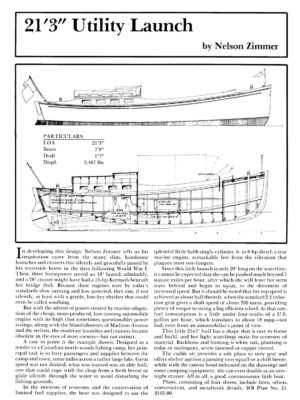
21' Zimmer Utility Launch
The original print version of this article can be viewed as a PDF or purchased from the WoodenBoat Store.
Join to view PDF Purchase Zimmer Utility Launch PlansIn developing this design, Nelson Zimmer tells us his inspiration came from the many slim, handsome launches and cruisers that silently and gracefully passed by his waterside home in the days following World War I. Then, three horsepower served an 18′ launch admirably, and a 28′ cruiser might have had a 15-hp Kermath beneath her bridge deck. Because these engines were by today’s standards slow turning and low powered, they ran, if not silently, at least with a gentle, low-key rhythm that could even be called soothing.

Particulars and profile line drawings
But with the advent of power created by marine adaptation of the cheap, mass-produced, fast-turning automobile engine with its high (but sometimes questionable) power ratings, along with the blandishments of Madison Avenue and the stylists, the moderate launches and cruisers became obsolete in the eyes of most owners-but not extinct.
A case in point is the example shown. Designed as a tender to a Canadian north-woods fishing camp, the principal task of the Zimmer utility launch is to ferry passengers and supplies between the camp and town, some miles across a rather large lake. Great speed was not desired; what was wanted was an able hull, one that could cope with the chop from a fresh breeze or glide silently through the water to avoid disturbing the fishing grounds.

Body plans
In the interests of economy and the conservation of limited fuel supplies, the boat was designed to use the splendid little Sabb single-cylinder, 6- to 8-hp diesel, a true marine engine, remarkably free from the vibration that plagues most one-Jungers.
Since this little launch is only 20′ long on the waterline, it cannot be expected that she can be pushed much beyond 7 statute miles per hour, after which she will leave her stern wave behind and begin to squat, to the detriment of increased speed. But it should be noted that her top speed is achieved at about half throttle, when the standard 2:1 reduction gear gives a shaft speed of about 700 turns, providing plenty of torque to swing a big efficient wheel. At that rate, fuel consumption is a little under four-tenths of a U.S. gallon per hour, which translates to about 18 mpg-not bad, even from an automobilist’s point of view.
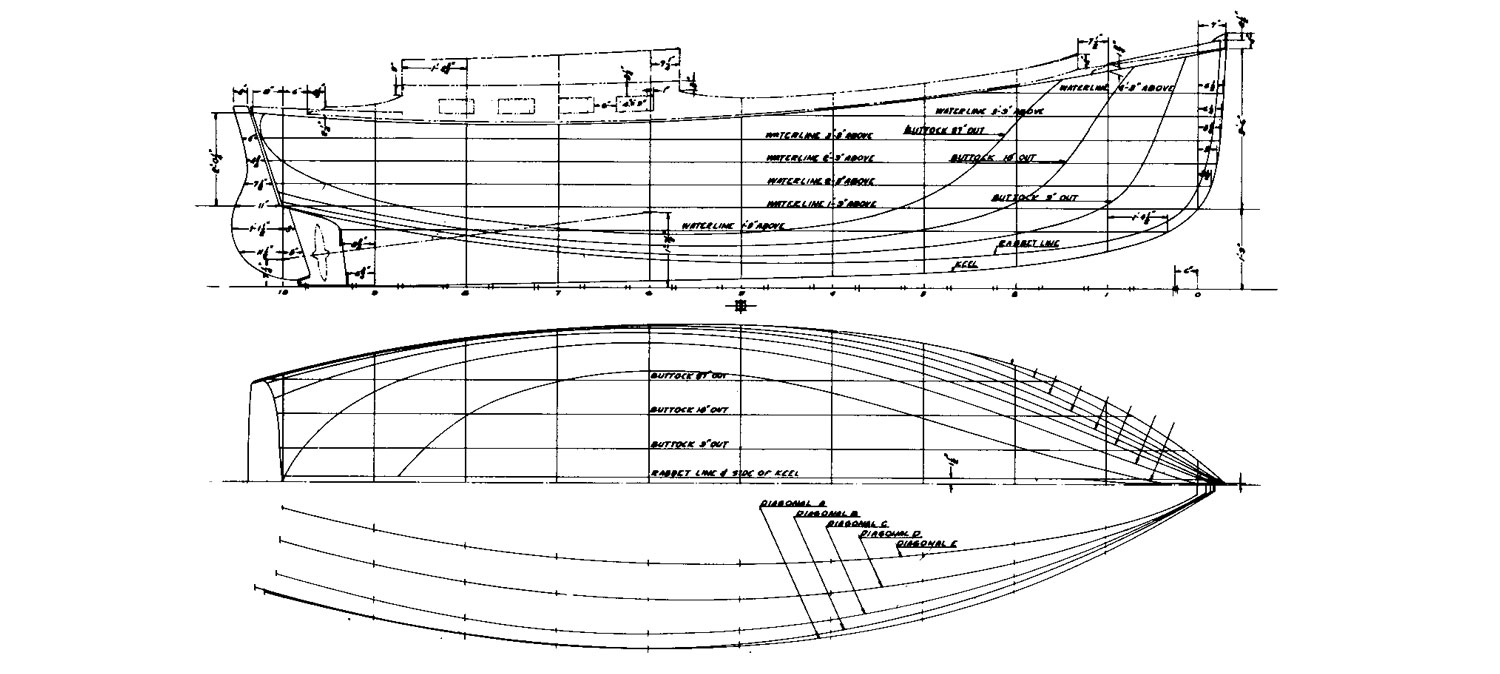
Construction drawings
This little 21×7′ hull has a shape that is easy to frame and build, and her light scantlings make for economy of material. Backbone and framing is white oak, planking is cedar or mahogany, screw fastened or copper riveted.
The cuddy aft provides a safe place to stow gear and offers shelter against a passing rain squall or a chill breeze, while with the canvas hood indicated on the drawings and some camping equipment, she can even double as an overnight cruiser. All in all, a good, commonsense little boat.

Arrangement plan
Zimmer utility launch design plans consist of four sheets, including lines, offsets, construction, and metalwork details. WB Plan No. 21. $105.00.
21′ Zimmer Utility Launch Design Plan Details
DESCRIPTION
Hull type: round-bottomed
Construction: Carvel planked over steamed frames
Featured in Design Section: WB No. 43
PERFORMANCE
Suitable for: Somewhat protected waters
Intended capacity: 6-8 day running, 2 cruising
Trailerable: With difficulty
Propulsion: 6- to 8-hp single-cylinder diesel
Speed (knots): Up to 7
BUILDING DATA
Skill needed: Advanced
Lofting required: Yes
Alternative construction: Cold-molded, strip
No. of sheets: 4
Level of detail: Average
Cost per set: $105.00
WB Plan No. 21
Completed Zimmer Utility Launch Image
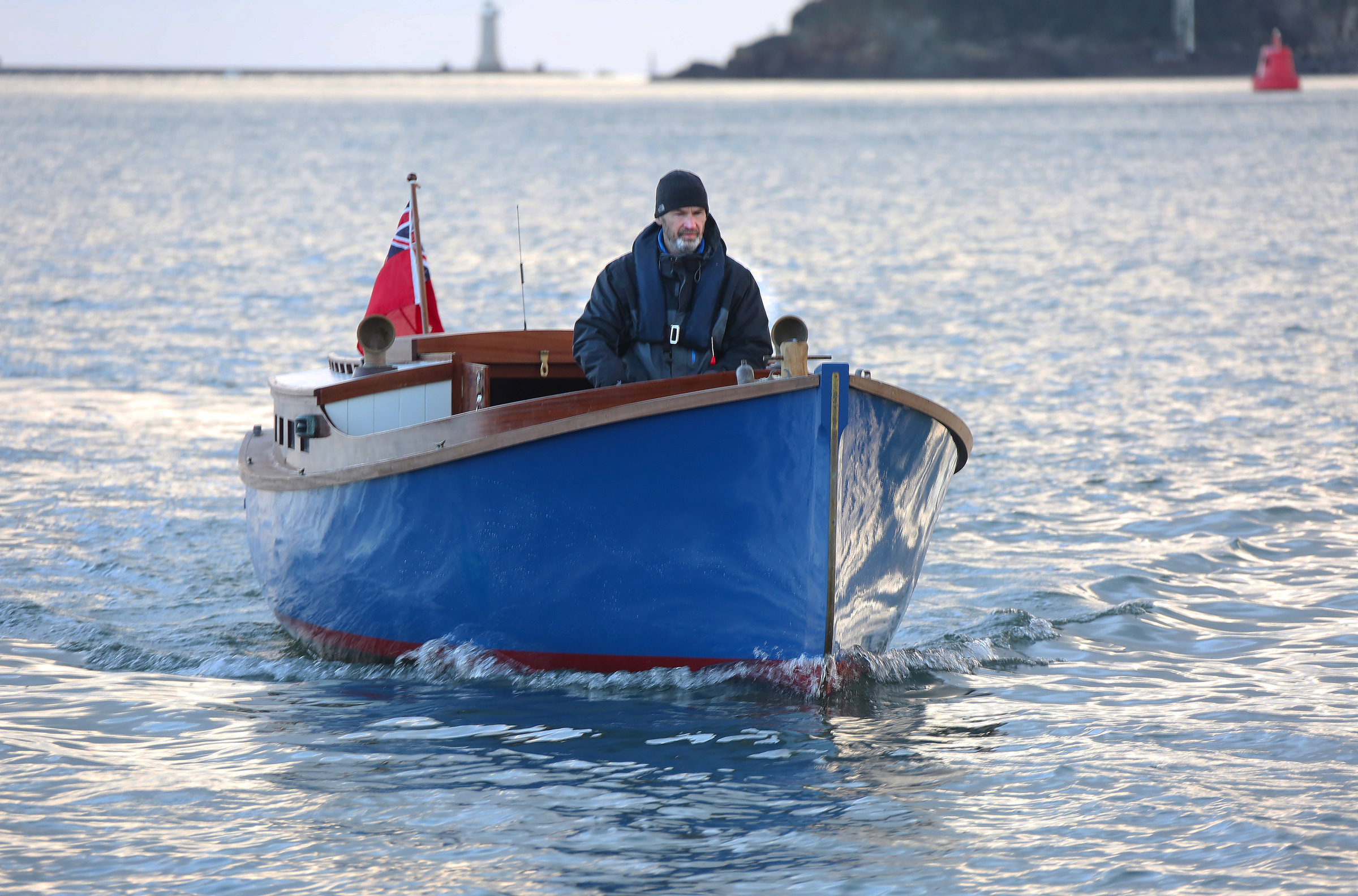
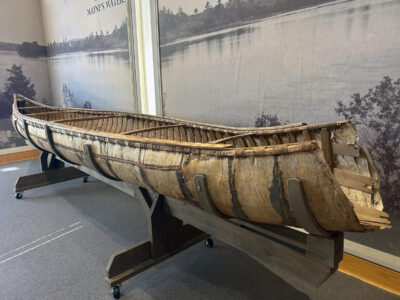
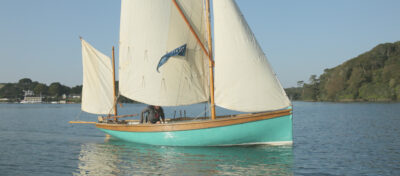
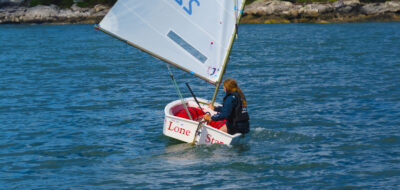
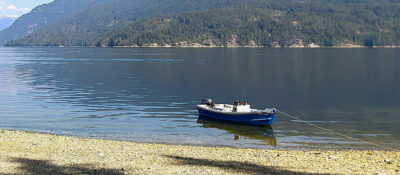
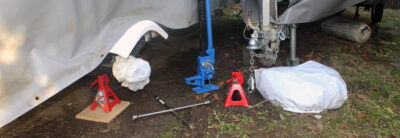
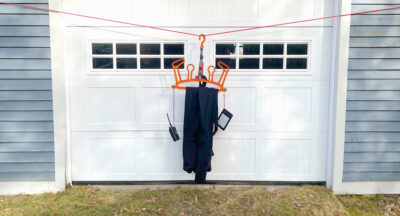
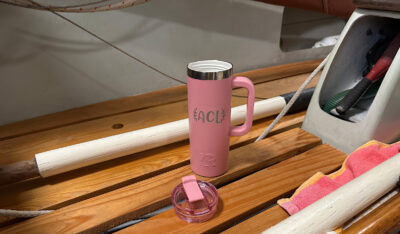
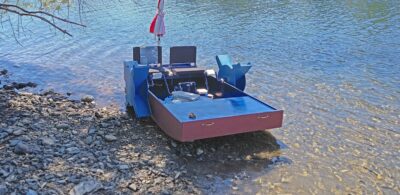
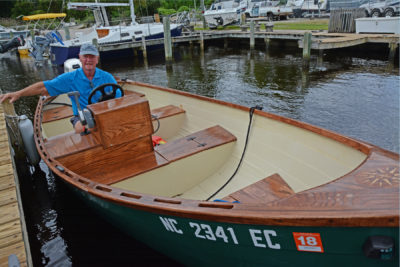
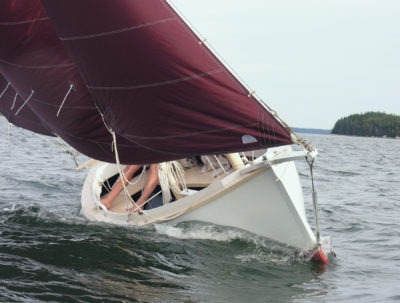
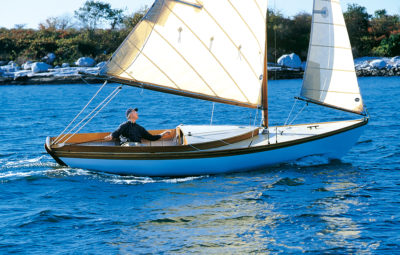
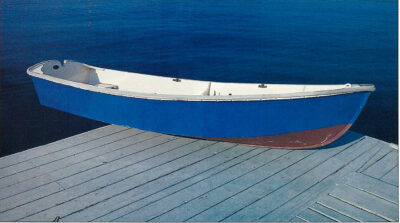
Join The Conversation
We welcome your comments about this article. If you’d like to include a photo or a video with your comment, please email the file or link.